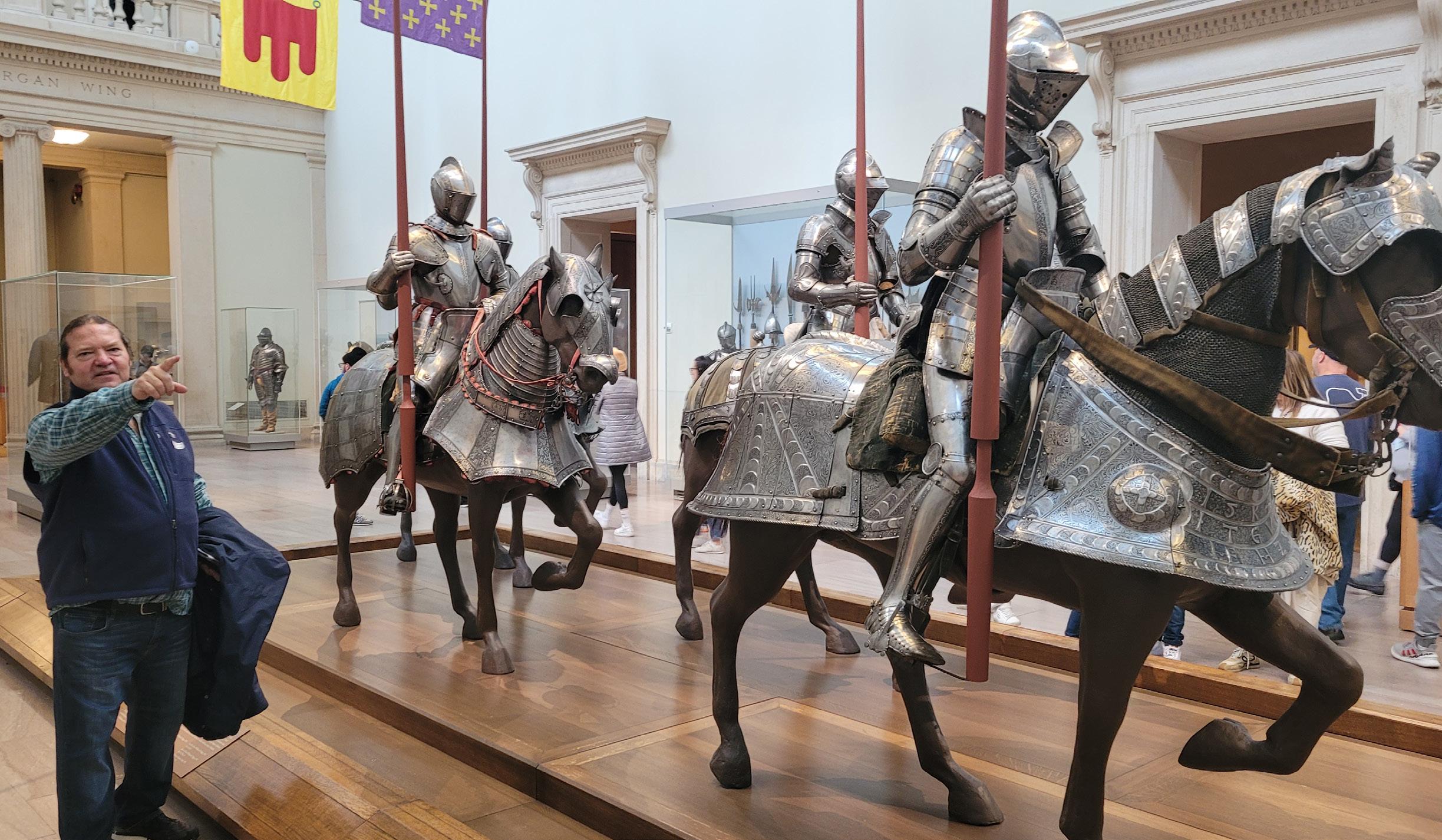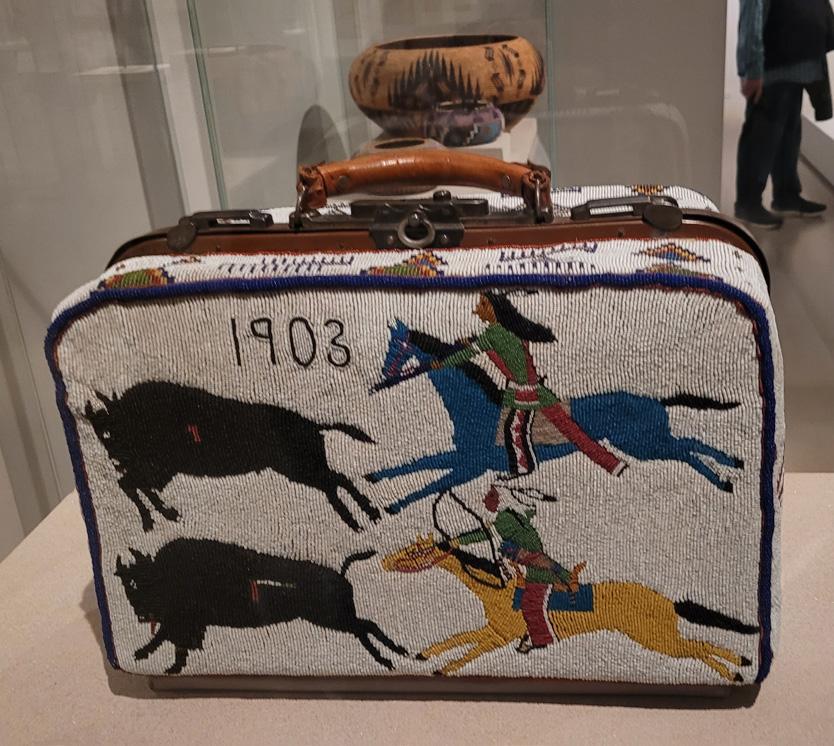
2 minute read
Visiting the past the Nation visits The Met
by Will Nicholls
As artist and writer Maira Kalman once said, “A visit to a museum is a search for beauty, truth and meaning in our lives. Go to museums as often as you can.”
Advertisement
While in New York City, the Nation took Kalman’s advice and visited the Metropolitan Museum of Art (aka The Met) and the National Museum of the American Indian. Both museums had exhibits pertaining to or curated by First Nations and the Inuit.
Much like Eeyou Istchee’s award-winning Aanishchaaukamikw Cree Cultural Institute, these museums preserve and exhibit important cultural, artistic, historical or scientific artifacts. The exhibits do more than simply provide informative and visual explorations, they help to teach, inspire and connect people and communities. They are places that involve researching, collecting, interpreting and showing all aspects of a distinct heritage in an understandable way.
Well, at least they try. As William Thorsell, director of the Royal Ontario Museum, noted, “Museums should be places where you raise questions, not just show stuff.”
Looking at the stuff is part of what they call informal learning, which is about 90% of the education that stays with you throughout your life. That’s one reason, among many, why there should be field trips for Cree youth to these two New York museums.
Seeing the roots of different cultures gives you a greater understanding of how they perceive the world. When two or more cultures interact and share knowledge it leads to great advances for humankind. It also introduces different ways to experience and understand the world.
Some of the exhibits at the Met involving First Nations featured a museum statement on certain pieces, but also included a Native Perspective statement right next it.

Yes, our youth should go to Aanishchaaukamikw to see our heritage, but they should have an opportunity to visit these world-renowned museums in New York. They will gain so much from them and bring home those experiences, ideas, inspiration and knowledge to share with all of us.
The Nation saw the beaded hood that toured our communities in 2016. But that was the only evidence we could see of the James Bay Cree.
The Nation suggests that if a school trip is made to New York, it should take various artefacts prepared by Aanishchaaukamikw. These could include a drum, tamarack geese, a snow shovel, a crooked knife or a pair of beavertail snowshoes. Done right, it could get a lot of publicity for both museums and the Cree Nation.
Perhaps Aanishchaaukamikw could even attract new supporters from outside Canada. In any case, looking at the interpretations of history, looking at the different viewpoints of the world and seeing how they apply to ourselves can give us pride in simply being human.
American sculptor James Earl Fraser created this bronze statue called End of the Trail. It represents an exhausted Native man on a windblown pony and is said to be an evocative comment on the damaging effects of Euro-American colonization on Indigenous peoples.

Top To Bottom
American artist Alexander Pope painted The Oak Door on an oak panel. When looking at it one is amazed at the detail. It seemed more of a photo than a painting. This is by Spanish painter Francisco Goya and is called Still Life with Dead Hares.
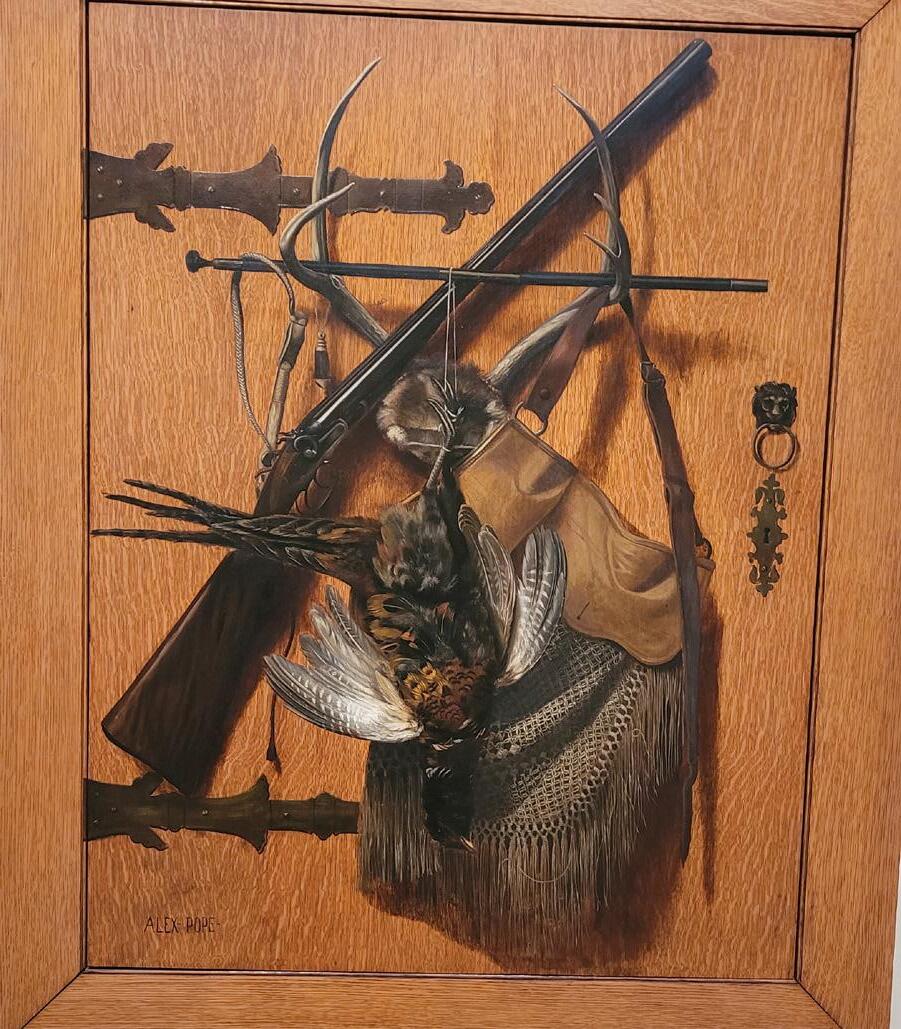
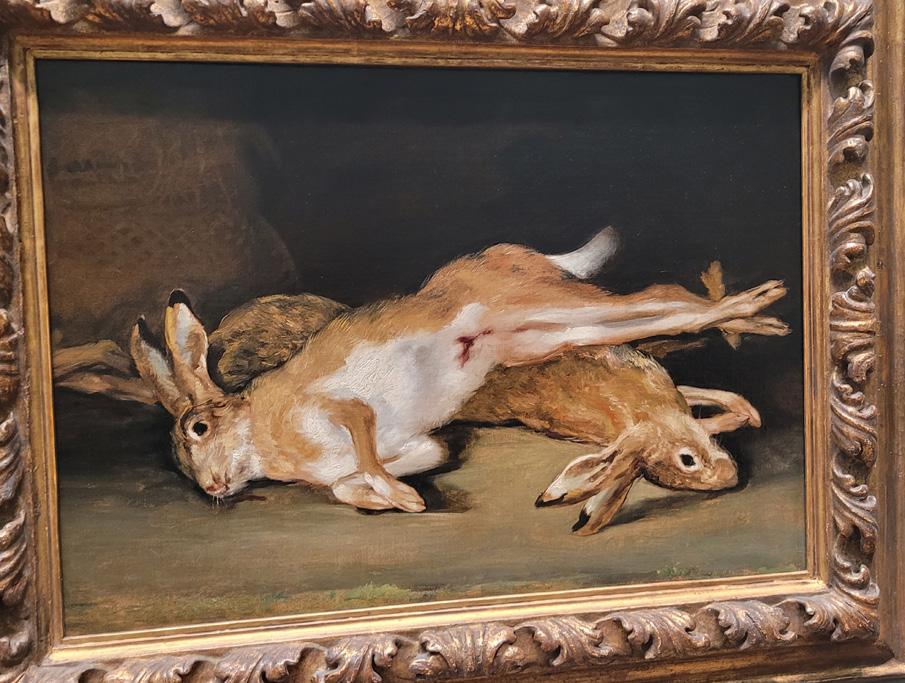

This painting by Spanish artist Pablo Picasso allows us to see where those ugly argyle socks and sweaters come from – Spain.
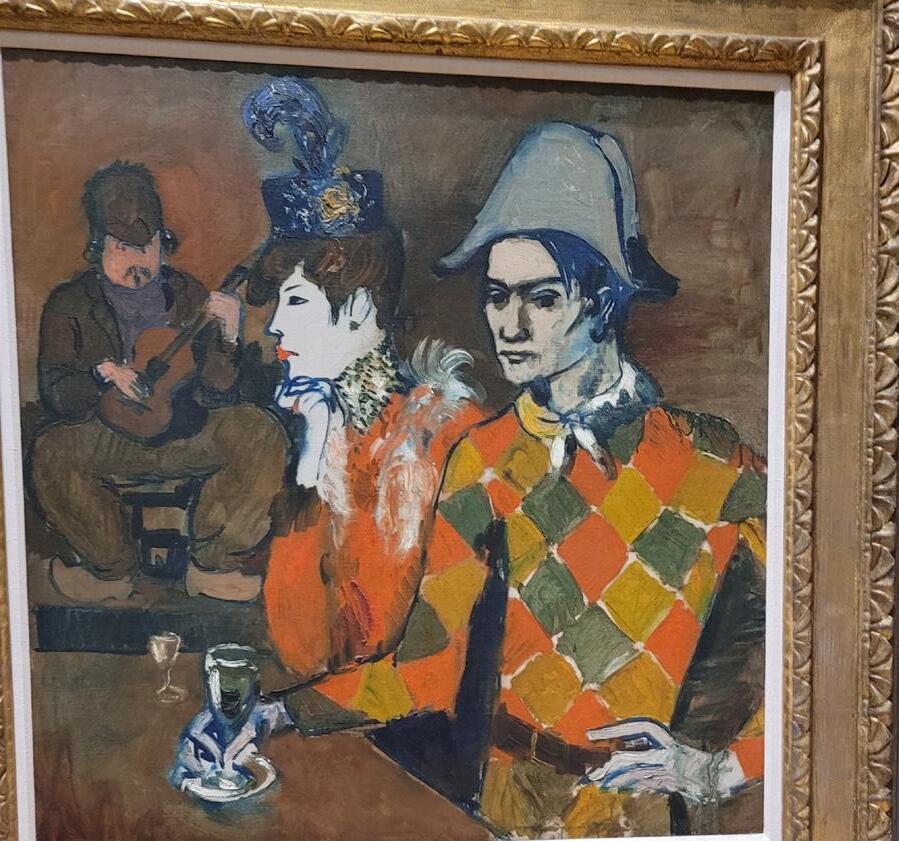
That A Way: “They went that a way,” said Donald Nicholls. A lot of the armour looked like it was made for youth as the men were smaller back in medieval times. Armour weighed anywhere from 35 to 91 pounds. Some armour had handles on the front so a squire could help the knight to his feet after falling to the ground.
